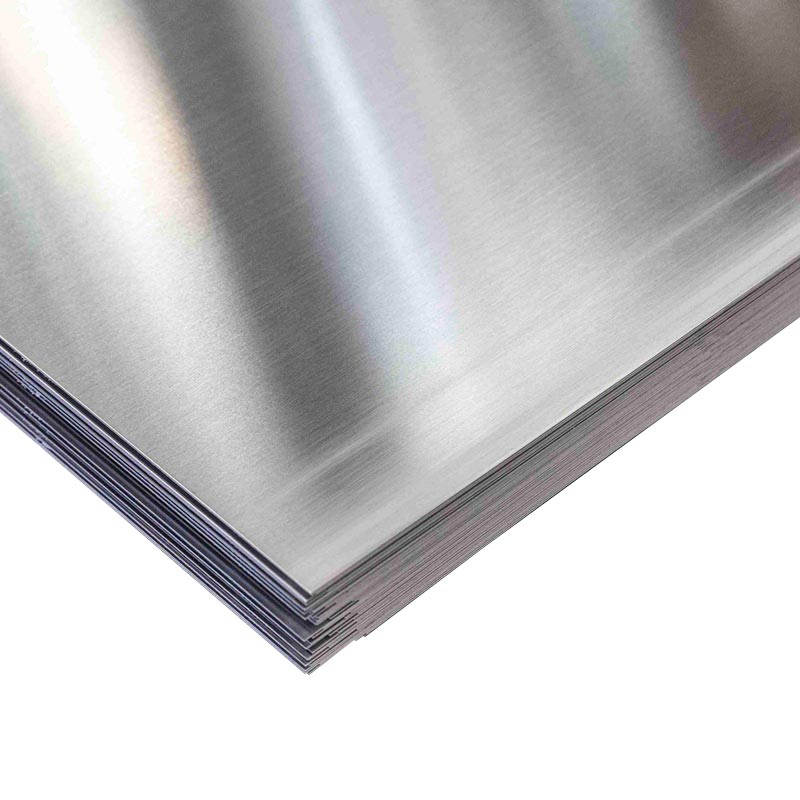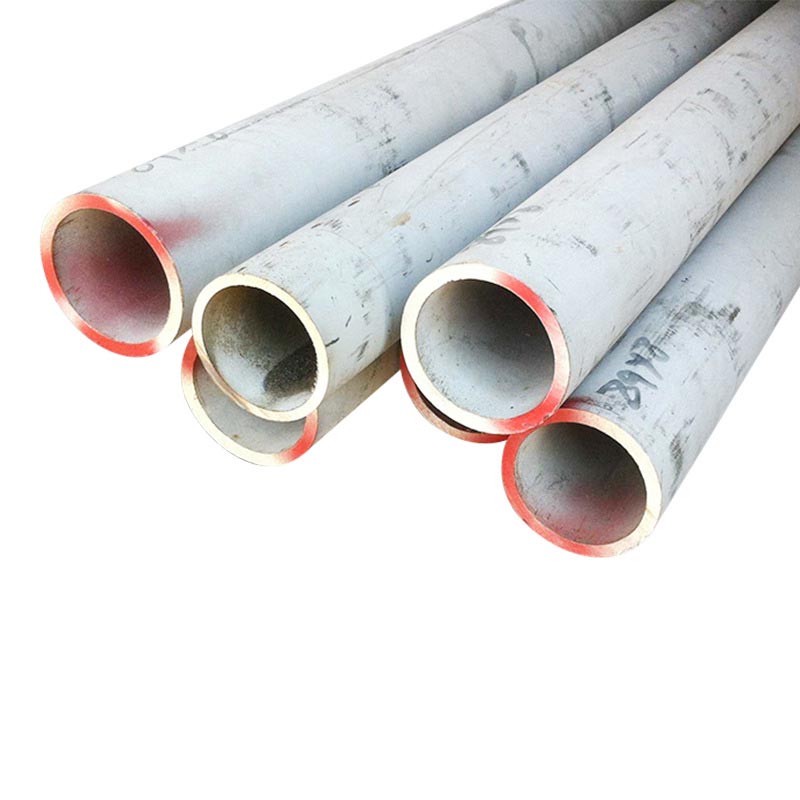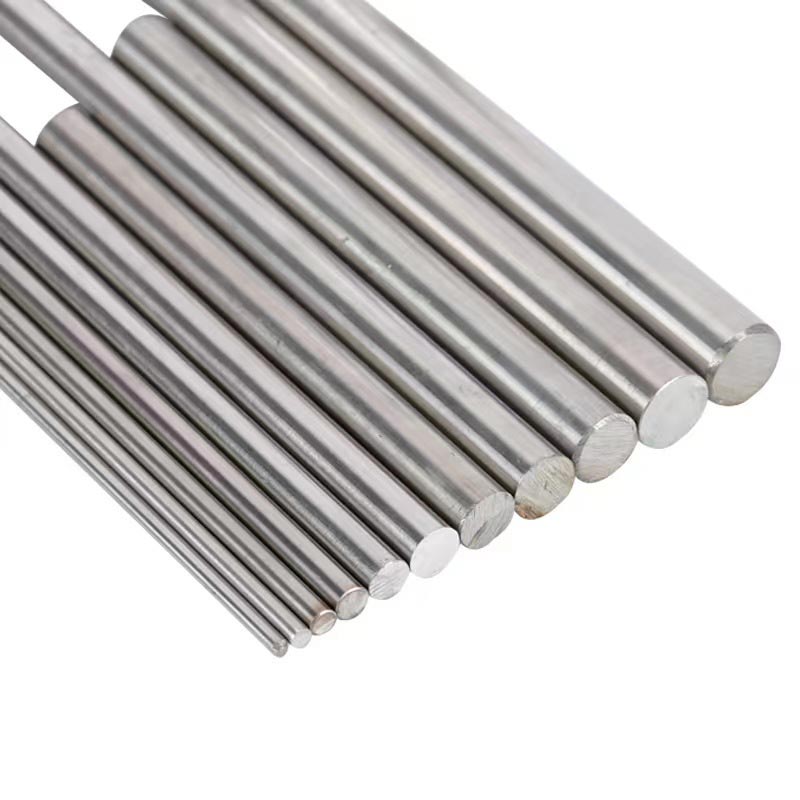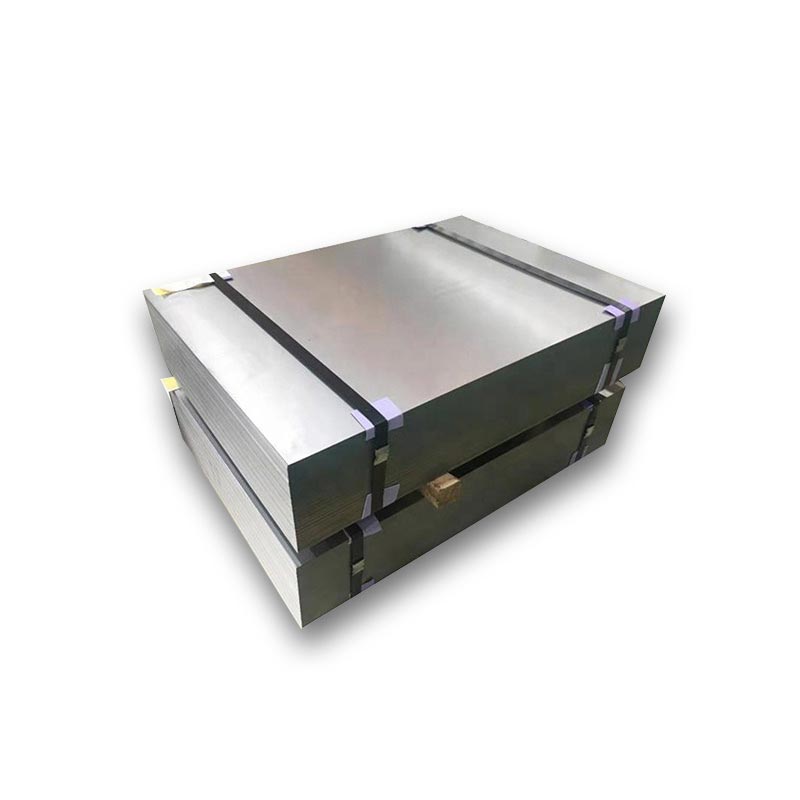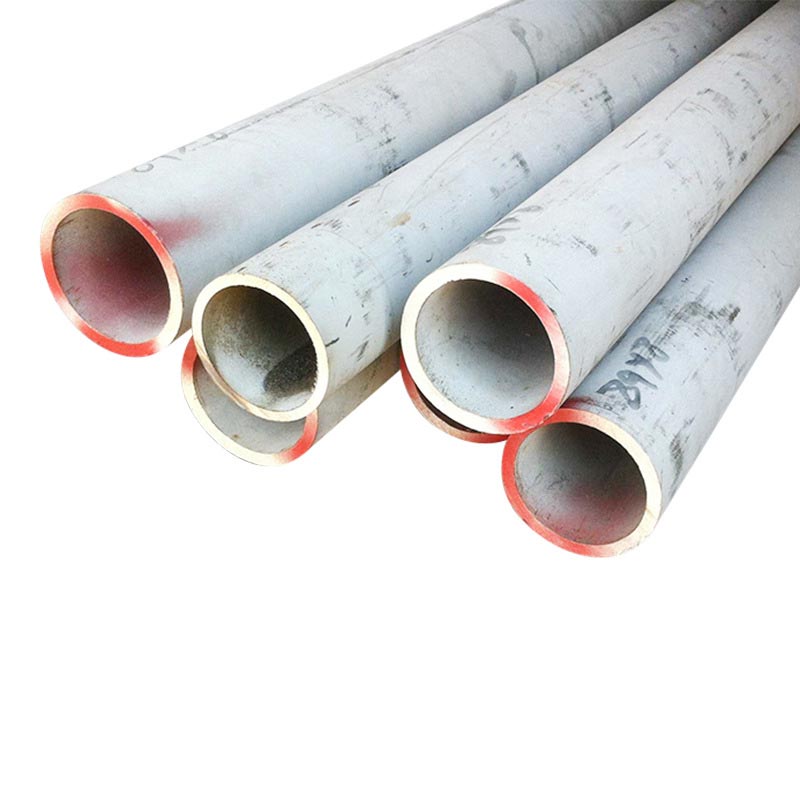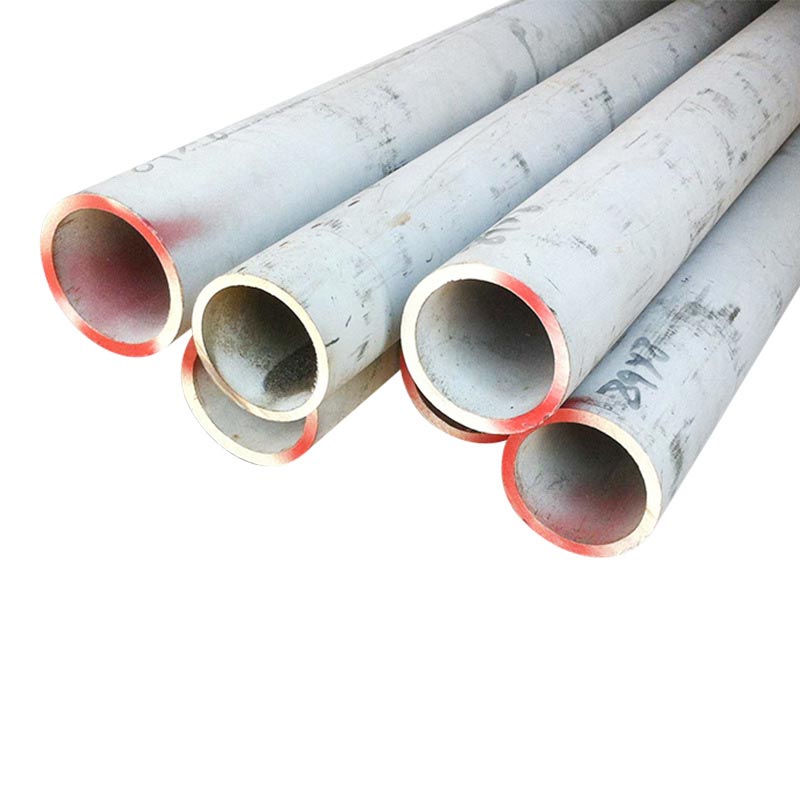What are the applications of stainless steel profiles in the construction industry?
What are the applications of stainless steel profiles in the construction industry? How to optimize the processing of stainless steel profiles?
The wide application of stainless steel profiles in the field of construction
Stainless steel profiles have become an important material in modern architecture due to their excellent corrosion resistance and aesthetic properties. In the design of building facades, stainless steel profiles are often used as curtain wall support structures and decorative lines, and their unique metallic texture can enhance the overall grade of the building. 304 stainless steel profiles are particularly suitable for outdoor building applications due to their excellent weather resistance.
Stainless steel profiles are also widely used in the field of interior decoration. From stair handrails to elevator door frames, from ceiling joists to partition frames, stainless steel profiles can provide stable and reliable solutions. 316 stainless steel profiles are particularly outstanding in coastal construction, effectively resisting salt spray corrosion.

The structural application advantages of stainless steel profiles
In terms of building structure, stainless steel profiles are gradually replacing traditional steel. Hollow stainless steel profiles have the characteristics of light weight and high strength, making them very suitable for load-bearing structures such as canopy supports and sunroom frames. Dual phase stainless steel profiles combine high strength and good toughness, with significant advantages in large building structures.
Stainless steel profiles are also widely used in building hardware accessories. After using stainless steel profiles for door hinges, lock accessories, bathroom brackets, etc., not only is the service life greatly extended, but it can also maintain long-term aesthetics. Stainless steel profiles with special surface treatments, such as brushed or mirrored effects, can better meet the decorative needs of high-end buildings.
Key technologies for optimizing the processing of stainless steel profiles
To improve the processing efficiency of stainless steel profiles, the first step is to choose suitable cutting tools. Hard alloy cutting tools are more suitable for processing stainless steel profiles than high-speed steel cutting tools, and can effectively extend the tool life. Maintaining an appropriate feed rate and cutting depth is crucial during the cutting process, as excessively fast processing speeds can cause surface hardening of stainless steel profiles.
The application of laser cutting technology has significantly improved the processing accuracy of stainless steel profiles. Compared to traditional cutting methods, laser cutting of stainless steel profiles can achieve smoother incisions and reduce subsequent polishing processes. Water jet cutting is suitable for processing stainless steel profiles with special shapes, which can avoid heat affected zone problems.
Continuous improvement direction of processing technology
The optimization of cold bending forming process can improve the processing quality of stainless steel profiles. By improving mold design and lubrication methods, surface scratches on stainless steel profiles during bending can be reduced. For stainless steel profiles with complex cross-sections, using progressive forming technology can ensure dimensional accuracy.
The improvement of welding technology is equally important. TIG welding of stainless steel profiles can achieve high-quality welds, especially suitable for connecting thin-walled stainless steel profiles. The use of pulse welding technology can reduce heat input, avoid deformation and intergranular corrosion of stainless steel profiles.
- Why Does Tinplate Steel Win Real-World Packaging Projects Today?
- Surface Quality Inspection Methods and Precautions for 304 Stainless Steel Sheet
- What is the Manufacturing Process of Stainless Steel Tube?
- Welding Quality Measures for 304 Stainless Steel Seamless Tubes
- How to Choose the Stainless Steel Tube for Your Industrial Needs?
- Bright Annealing Conditions for 304 Stainless Steel Tube



